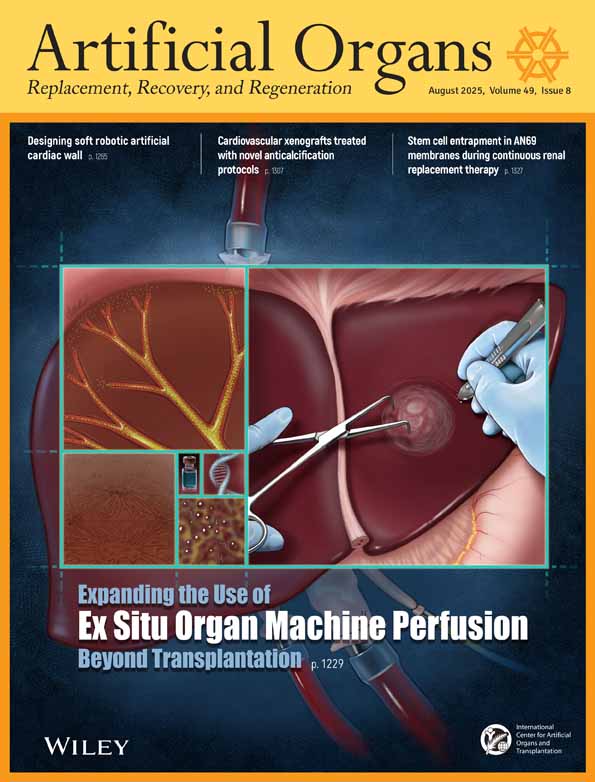Computational Fluid Dynamics Analysis to Establish the Design Process of a Centrifugal Blood Pump: Second Report
Presented in part at the 6th Congress of the International Society for Rotary Blood Pumps, July 25–27, 1998, in Park City, Utah, U.S.A.
Abstract
To establish an efficient design process for centrifugal blood pumps, the results of computational fluid dynamics (CFD) analysis were compared to the results of flow visualization tests and hemolysis tests, using the Nikkiso centrifugal blood pump. CFD analysis revealed that the radial gap greatly affected the shear stress in the outlet diffuser. The hemolysis study also indicated a similar tendency. To see the flow behind the impeller, we conducted a comparative study between models with and without washout holes using the CFD technique. CFD analysis indicated that flow and pressure distributions behind the impeller were different between both models, and a particle was observed to remain longer behind the impeller in the model without washout holes. In the future, CFD analysis could be a useful tool for developing blood pumps in comparison to flow visualization tests and hemolysis tests.




